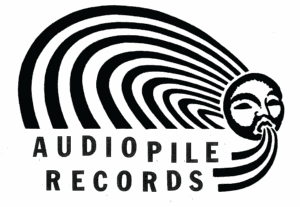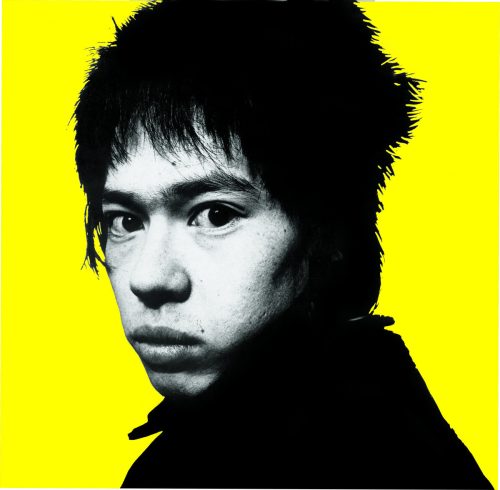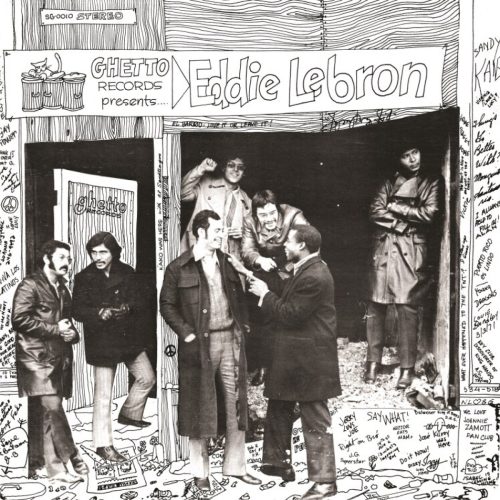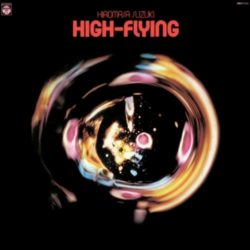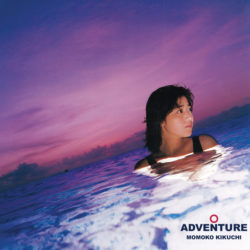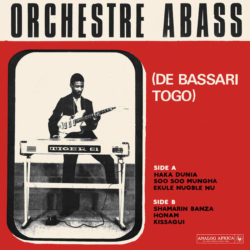Don’t Eat Food!
Label: Mesh-Key
Genre: Far East, Japanese, Punk, Punk/Metal, World
$46.99
Out of stock
A high-octane tour-de-force widely considered in Japan to be one of the all-time greatest punk records, 1981’s Don’t Eat Food! remains shockingly unknown to the rest of the world. Led by literate but unhinged Machida Machizo, a magnetic stage presence who sang in a thick Osaka dialect that sounded like nothing else at the time, INU came from the same scene as Aunt Sally and took Japan by storm in the late ’70s with their powerful live show. Their membership changed frequently but INU’s final lineup — the group that recorded Don’t Eat Food! — was sharp as a knife, and the band’s airtight debut still wows forty-plus years later.
Excerpted from Syojiro Ishibashi’s essay on INU:
Unlike Tokyo — Japan’s economic and cultural center, where everything is consumed in a fashionable way, and even the tiniest subculture can turn a profit — Kansai’s cities (Osaka, Kyoto, and Kobe) will forever live in the capital’s shadow. But this underdog dynamic informs the region’s rich, unique culture. Kansai folk are known for resenting Tokyo, but also for plainly and incisively sussing out the true nature of things with their singular aesthetic sensibilities and deeply ironic, humorous dispositions.
It was in one of these “secondary” cities, Osaka, that Kou Machida (then known as Machizo Machida) formed INU (Japanese for “dog”) in 1979. INU’s original lineup was Machida (vocals), Naoto Hayashi (guitar), Takeshi Nishimori (drums), and Keisuke “Osho” Tanaka (bass). They were all 17 to 18 years old at the time.
In the late ’70s, outdated music styles — blues covers sung in broken English and (mostly) original, acoustic folk tunes sung in Japanese — were all the rage in Kansai. There was a small group of bands in the area who’d been inspired by the global punk/new wave movement, but few could draw audiences larger than 20 to 30 people. They also didn’t have many places to play — few clubs welcomed their sort of music — so they frequently booked their own gigs on university campuses, which tended to be comparatively laid-back spaces.
Around the same time, a dozen or so Tokyo bands — Friction, Lizard, Mirrors, Mr. Kite, S-Ken, etc. — began calling themselves Tokyo Rockers. Inspired by international punk/new wave, they got a lot of attention in Japan for championing a new style of music. Young Kansai musicians watched this movement with keen interest, but some saw Tokyo Rockers (with a couple of notable exceptions, like Friction) as simply more of the same old-fashioned rock ’n’ roll, and openly shunned them. These young musicians were determined to create a new type of music unlike anything that had come before.
In ’78, bands from the Tokyo Rockers scene shared a bill with a handful of young Kansai groups at Kyoto University’s Seibu Koudo Hall (incidentally, home to one of Japan’s few squats at the time). Later writing in his Outsider fanzine, a pre-INU Hayashi strongly criticized the Kansai bands on the lineup (SS, etc.) for being punk “in style only.”
But Hayashi also wrote in Outsider that he wanted to “hear local bands channel the sound of the city,” and it was this desire that led him to support Kansai bands. As if in response to Hayashi’s entreaties and criticisms, Osaka’s INU (now including Hayashi) and Alcohol 42%, Kobe’s Aunt Sally (featuring Phew on vocals), and Kyoto’s SS and Ultra Bidé (featuring Hijokaidan’s Jojo Hiroshige on bass) — all creative young Kansai bands who’d been influenced by the worldwide punk/new wave movement — joined forces. Picking up on the sincerity behind Hayashi’s words, these bands welcomed the criticism. At the time, no one else took young bands seriously enough to offer a thoughtful analysis, and his earnest, critical voice was valuable to the scene.
Dubbed the “Kansai No Wave” tour by Hayashi, these five bands performed around Tokyo in ’79 (playing five shows at four venues), and music fans throughout the country were soon taking note of the new Kansai scene and the creative groups from the region. INU made a particularly strong impression, not only for its aggressive stage show and witty, literate lyrics, but also for Machida’s intense personality. His provocative behavior toward audiences often got him into trouble, but his skirmishes only elevated the band’s profile.
In March ’79, after the Tokyo tour, Hayashi left the band and was replaced by Keita Koma. With Koma in the group, INU pivoted away from the simplistic sound of their early years and became a bit more pop. In May of that same year, Naruko Nishikawa (bass) and Hiroshi Kitagawa (drums) joined the group, and in August, Masahiro Kitada replaced Koma on guitar. Shinichi Higashiura then replaced Kitagawa on drums. These musicians made up the final INU lineup — the same one that would record Don’t Eat Food!
In ’81, the major label Tokuma Japan released the band’s debut album, Don’t Eat Food! Machida’s witty lyrics, delivered in the unique rhythm of the Kansai dialect, were already literate enough to foretell his future receipt of Japan’s top literary award, the Akutagawa Prize, in 2000. The title track actually dated to the Kusareomeko era of the group. Machida was 16 years old when he composed the lyrics to this song.
INU rarely played outside of Tokyo or Kansai, so even though they quickly earned a reputation as an incredible live band, very few people had actually heard them. With the release of this album, however, both INU and Machida became quite well known throughout Japan.
Three months after the release of Don’t Eat Food!, INU disbanded. With its impactful cover art, memorable tunes, tight performances and provocative vocals, INU’s Don’t Eat Food! is a legendary work, and one of the country’s most celebrated ‘80s punk albums. Highly influential even today, its presence continues to be felt well beyond the punk sphere.
